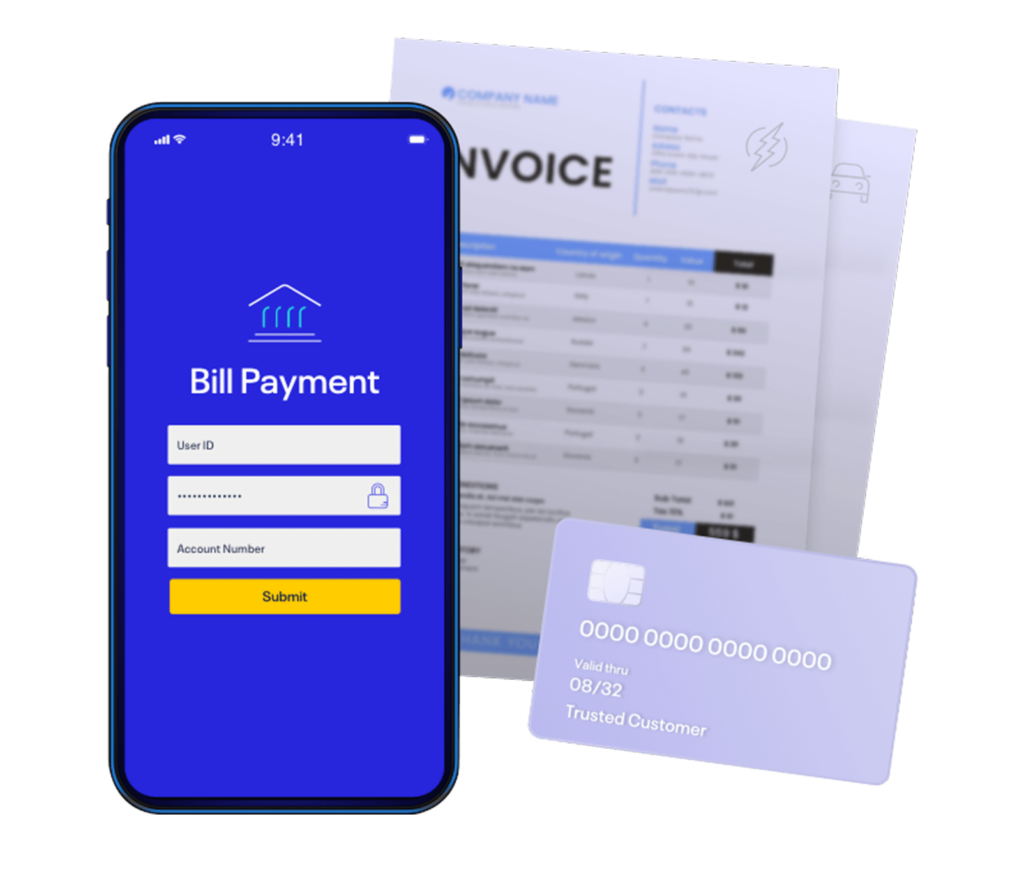industry Guide
Integrated Treasury Management
Simplify reconciliations, improve risk management and better manage liquidity with an integrated treasury management solution.
On This Page
What is treasury management?
Treasury management, also known as treasury operations, refers to the collective financial processes that businesses use to manage cash flow, liquidity and funding. The ultimate goals of treasury management are to improve efficiency, mitigate financial and operational risk and maximize resources, so that companies can focus on planning for the future and achieving long-term goals.
How does treasury management differ from cash management?
Cash management refers specifically to the collection, maintenance and management of cash inflows and outflows, treasury management is far more expansive. Cash management is actually a sub-function of treasury management — as well as:
- Collections
- Disbursements
- Accounts payable and receivable
- Fraud and risk management
- Capital management
- Liquidity management
- Investment and funding activities
Why is treasury management important?
Every company has financial obligations that it needs to meet in order to remain in business, from paying suppliers and lenders to employees and shareholders. Treasury management helps companies ensure they have the funds available to maintain the liquidity, or solvency, necessary to meet those obligations.
Treasury management can also help businesses assess their working capital needs and establish a plan to ensure adequate and cost-effective funding. For example, a business might opt to make payments at a certain time of month to maximize cash flow. If regular cash flow is expected to fluctuate, the business can adjust the repayment schedule accordingly.
When done well, treasury management has the power to improve portfolio profitability by optimizing cash flow and liquidity, thereby enabling businesses to better meet their financial requirements and goals.

What challenges are inherent to treasury management?
Treasury managers face a long list of challenges, including:
Currency Risk:
Companies with global operations must account for currency risk, as exchange rate fluctuations can negatively impact profitability and lead to financial losses.
Fraud Risk:
Fraud — which poses a direct threat to corporate assets — is constantly evolving, with cybercriminals finding new avenues of attack each day. To prevent financial losses due to fraud, treasury departments must invest in the latest and greatest data security and fraud prevention systems.
Interchange Fees:
Interchange fees associated with debit and credit cards can vary depending on transaction type, card type and card brand — and that’s without factoring in additional transaction fees, including rates that are subject to change.

Complicated Reconciliations:
In many cases, billers need to settle debit card, Visa/Mastercard and American Express payments separately, creating additional points of reconciliation and adding complexity to the process.
Cash & ACH Payments:
Many companies still accept cash payments from multiple sources but lack the infrastructure to post those payments, which can lead to cash handling fees and increases the risk of loss or theft.
Automated Clearing House (ACH) payments — which can also come from multiple sources — require batch-based processing and are, therefore, slow to post. There’s also the matter of managing exceptions, which can come days after the initial payment. Finally, billers must settle cash and ACH payments separately, which can create more opportunities for posting errors.
Alternative Payment Methods:
Although certain alternative payment methods (APMs), such as Apple Pay and Google Pay, follow the same reconciliation process as credit and debit cards, other APMs, such as PayPal, have their own separate process. With each reconciliation process comes its own set of fees, requirements, and potential for chargebacks, which introduces complexity and increases the risk of error.
Speed of Funding:
Depending on the transaction type, it can sometimes take days to process payments and reconcile funds, making it more difficult for treasury managers to get an accurate read on available funds and manage liquidity.
Exceptions Processing:
Even after payments are posted, treasury managers must still deal with exceptions, which may require manual processing.
Ultimately, treasury managers must know where all funds are at all times and be able to account for every penny — a challenging task further complicated by numerous payment types and funding speeds, as well as constantly evolving forms of fraud.

What is an integrated treasury management solution?
An integrated treasury management solution is a holistic, enterprise-level software platform designed to optimize treasury management through the use of automation.
With an integrated treasury management solution, a treasury manager can automate the preparation and reconciliation of their organization’s daily cash position before the business day begins. Integrated treasury management solutions also provide easy-to-read visualizations of cash positions through a combination of bank balances and transactions with expected cash flows, providing billers with up-to-date, real-time insights.
How does an integrated treasury management solution work?
Integrated treasury management software connects different accounts and platforms using a single integration, thereby providing treasury managers with a comprehensive view of all financial transactions, the general ledger, accounts payable and receivable, historical data and more. Using this software, treasury managers can:
- Directly import data from their company’s enterprise resource planning and accounting software and upload trade finance documents to treasury software
- Instantly access data on multiple domestic and international transactions
- Automate payments to eliminate time-consuming and risk-prone manual processes
- Utilize artificial intelligence to detect early fraud signals and generate up-to-date insights using Big Data and advanced analytics
- Pull real-time data from trading platforms to calculate gains and losses and generate more accurate insights on risk exposure
- Access all current purchase and sales orders from inventory management to better manage liquidity and trade finance

How can businesses benefit from an integrated treasury management solution?
By replacing manual processes with advanced automations, integrated treasury management solutions simultaneously reduce the risk of human error and save time — time that treasury managers can, instead, devote to more pressing, higher value tasks. Furthermore, having access to accurate, up-to-date information enables treasury managers to better assess risk and engage in data-driven decision-making.
How does ACI help businesses implement treasury management?
ACI Worldwide’s integrated treasury management (ITM), part of the ACI Speedpay solution, eliminates the risks, uncertainties, complexities and delays traditionally associated with treasury management.
ITM consolidates funds from all transactions into a single deposit the very next business day and settles transaction fees at the end of billing cycles in gross. ITM uses flat rate interchange and transaction fees, allowing for predictable pricing, and manages all exceptions using automated processes with files that don’t require manual posting. The end result? Treasury departments experience greater productivity, cost-savings and streamlined treasury operations.
To learn more about ITM and ACI Speedpay, contact us today.
